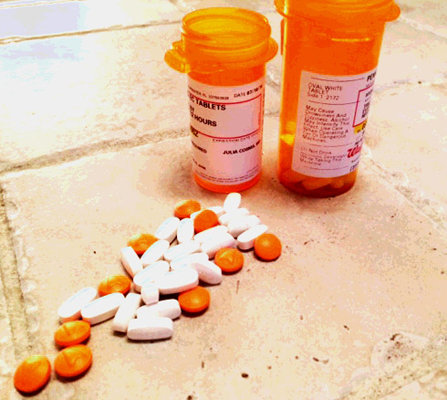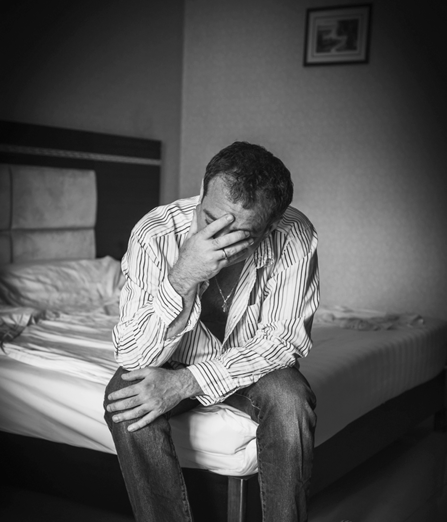Is Your Loved One at Risk for an Overdose?
While it’s true that addiction is not restricted to any particular social, economic or cultural groups, a study of those who have overdosed could provide a description of those most at risk for this fate. In 2013, the Utah Department of Health undertook a study to identify characteristics common to those who lost their lives to prescription opioid overdose.

Opioids are synthetic drugs that are chemically similar to opium. They’re created wholly or partially in a lab and when sold to patients, they are called hydrocodone, oxycodone, hydromorphone, meperidine and other names. The big pharmaceutical companies refer to them as OxyContin, Vicodin, Lortab, Dilaudid, Percocet and other brand names.
Every year, the number of overdoses in America increases. Between 2014 and 2015, overdose deaths increased from 47,055 to 52,404. More than 60% of these deaths resulted from the use of prescription painkillers—opioids. It appears that we have not yet reached the peak of these overdose deaths, no matter how many people spend every day fighting this problem.
What Characteristics Were Associated with these Overdose Deaths?
From a study of 254 people who died (18 or older), here were the most common characteristics. Compared to the adult population in Utah, they were more likely to be:
- Middle-aged
- Caucasian
- Non-Hispanic
- Less educated
- Unmarried
- Residing in a rural area
- In the year before their death, 87% were prescribed pain medication.
- More than half took the pills more often than prescribed.
- Nearly a third obtained drugs from more than one doctor during that year.
- Three out of ten used their medications for some other purpose than treating pain, such as “getting high.”

These people were also more likely to:
- Have financial problems
- Be unemployed
- Have a physical disability of some type
- Suffer from depression
- Smoke cigarettes or drink alcohol
- Use illicit drugs
Nearly all of them got their medications from a healthcare provider.
How Can You Use This Information?
This survey is just a look of adults in Utah who overdosed. Of course, there were all types of people who lost their lives to these drugs, not only those fitting this description.
However, these signs should be red flags for anyone who is trying to help an addicted person. If that person fits this description, their danger of overdosing may be higher than someone else’s. Helping this person find an effective drug rehab should be a very high priority for anyone who wants to help.
For fifty years, we have been helping the addicted find their way back to lasting sobriety. On six continents, in many languages, Narconon has returned hope to tens of thousands. Call us for a greater understanding of how we can help someone you care about come back to life.
Call 1-877-782-7409 today.


 ®
®